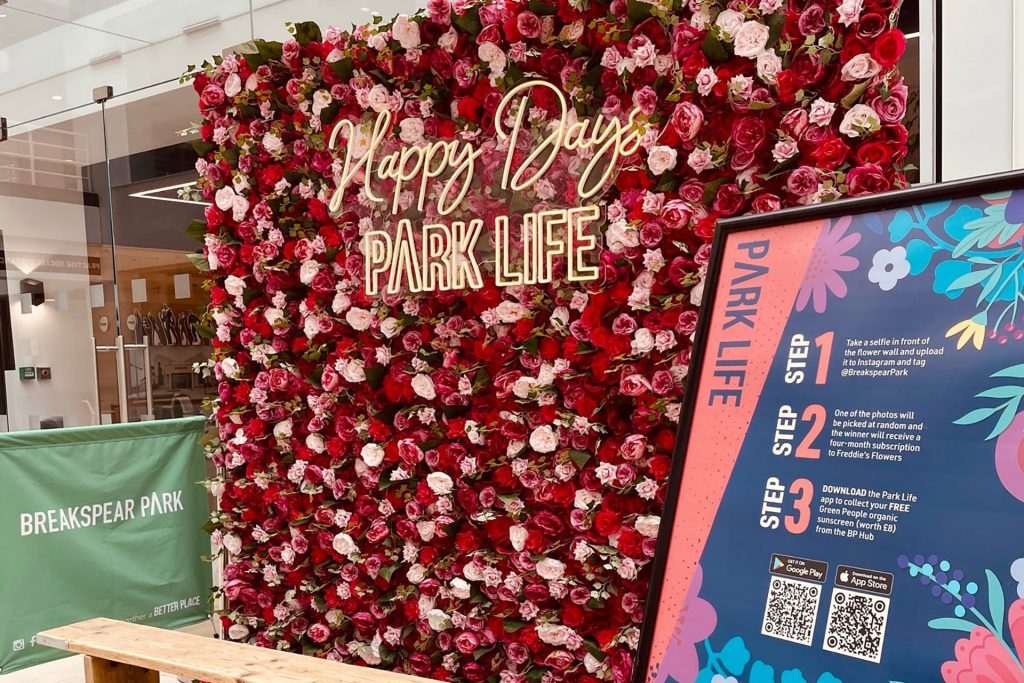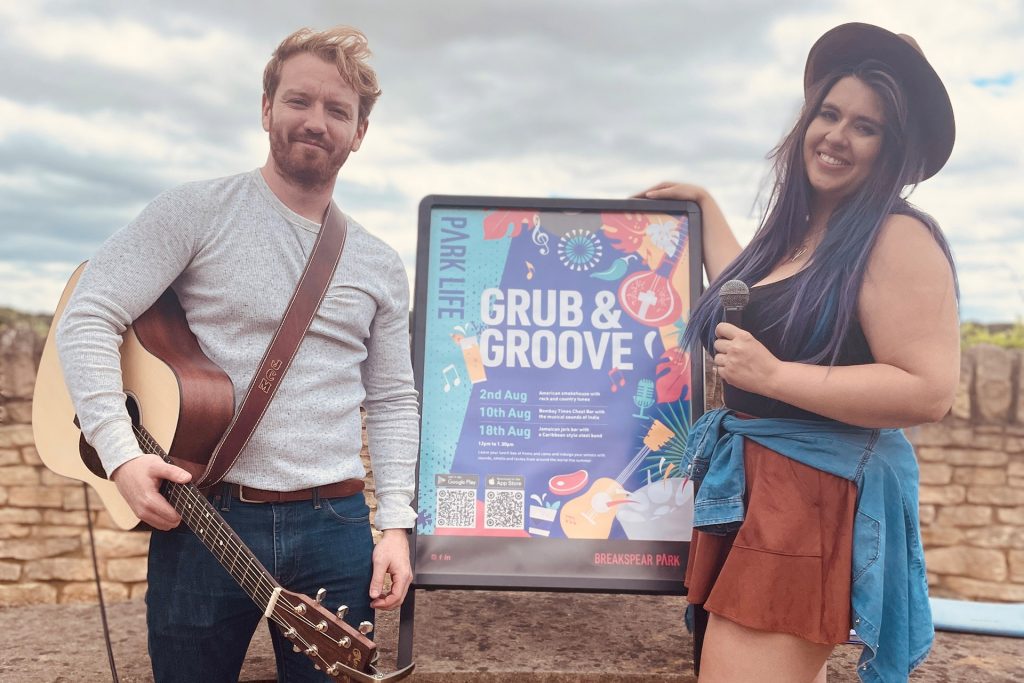Destination marketing for post-pandemic workplaces

In a hybrid-working world, occupiers risk workforces becoming disjointed and isolated, which means building workplace community is even more vital. So how can destination marketing be used to bring people together?
Before the pandemic, destination marketing in the workplace could be aimed at a captive audience – people who were coming to the workplace regardless of the occupier experience. Today, it’s a very different challenge, with fluctuations in the working week and unpredictable numbers of people coming to the workplace on any given day. While there are peaks and troughs – witness the Wednesday uplift and the Friday desert – the regular calendar of events and activities organised by an onsite property team now requires a greater cleverness and creativity than ever before, to appeal to staff that may not have to come to the office.
“We’ve taken a different tack,” says Dina Mistry, Marketing, Communications and Events Manager at Breakspear Park, a Workman-managed business park in Hemel Hempstead set in 16 acres, offering over 300,000 sq. ft of indoor space, with 1,300 employees across multiple international and local companies in a variety of sectors.
“We are no longer planning single-day events because we see a spike for a few hours of uplift in employee engagement, and then the event is over. Our focus is now on growing our community back over a sustained period, with events and activities running over longer phases, and culminating in the download of our new app,” explains Dina.
Pre-pandemic, the site had a very strong following in terms of the base of people that were engaged with its busy #ParkLife enlivenment agenda where the plethora of #ParkLife events have included an Ice Bar, Halloween Pumpkin Picking, and a Silent Cinema, all communicated via subscription to email newsletters and a closed Facebook group. The pumpkin event generated positive regional PR and increased the site’s closed Facebook group sign-up rating.
However, the post-pandemic number of employees engaged via email or the Facebook group have reduced to 60% of the usual figure due to factors such as a turnover of occupier staff, and new companies arriving at the park. The aim of the new app, explains Dina, is to highlight key awareness dates, recycling initiatives, book swaps, and plastic-free ideas, with the key message that “you don’t have to be physically in the office to still feel a part of the Park Life Community at Breakspear Park.”
“The challenge now is to get out there with our #ParkLife campaign and regularly communicate with people so that they can see what we’re doing for them. We’re giving occupiers’ employees things to do that their direct employer cannot offer, including freebies, central places to be engaged onsite, and encouraging their own wellbeing,” Dina says.

One example is a flower wall activation, onsite for four weeks of July, accompanied by a campaign encouraging occupiers’ employees to take a selfie, upload it to Instagram, and tag #BreakspearPark for a chance to win a four-month subscription to Freddie’s Flowers. In addition, a free Green People organic sunscreen is on offer via QR code to those who download the new Breakspear Park App. The event is designed to encourage engagement with other staff members, to make people smile, capture a moment with colleagues, and bring that feeling of togetherness back again post-pandemic.

And during August, the onsite team organised an internationally themed event featuring live music from a Caribbean-style steel band, American Country music, and Indian music, along with outdoor food pop-ups. The event made use of the site’s 16-acre gardens and ran for three days – a Tuesday, Wednesday and Thursday staggered over three weeks to enable people who may be away during August to take part.
“Our goal is that people coming to work here feel that they are part of the community, which is #Park Life, so this summer campaign is an opportunity to network and meet people. The #ParkLife agenda means that Breakspear Park is not just a workplace; it’s a place where the community is formed, and everyone plays a part in its success,” Dina says.
While business parks are not often in the most convenient city centre locations, the culture of wellbeing, lifestyle opportunities, leisure provision and collaboration opportunities with other occupiers speaks of an increasing awareness from properties owners as to the kind of strategies their onsite property management teams should be offering. The best onsite property management teams create inclusive, supportive work environments, unifying the commercial goals of the landlord with the realisation of a better work-life balance for individuals through the range of activities on offer for those onsite.
As Andrew Sparrow, Director of Placemaking in Workman’s Activate team explains: “We are aiming to achieve asset management objectives by increasing occupier satisfaction and retention levels. There is a competitive market in terms of where businesses now take space, so occupiers will question the added value of each site, and what they and their employees stand to gain from it in terms of community and wellbeing.”
The #ParkLife concept at Breakspear Park, launched by Dina and the team in 2018, has grown from infancy into a value-adding proposition that helps the site stand out from competitor workspace solutions for its heightened employee benefits and wellbeing solutions.
Entertainment is combined with the realisation of a better work-life balance for individuals through a range of regular activities, such as a health screening programme and fitness studio classes, creating inclusive, supportive working communities, in unison with the commercial goals of the property. For example, the #ParkLife programme has included events around National Relaxation Week, offering up to 800 30-minute massages to employees on-site, as well as a Health Screenings Programme, including free Diabetes Screening, that serves as an effective employee benefit and wellbeing option.
There is also a desire for business parks to reach out to the communities around them; to work with schools, charities, community groups and the local council to generate routes into employment at the site. “It’s about connecting people and building pathways within the community,” says Andrew. “We call it destination marketing, but what we are doing is unifying the goals of the asset with the goals of the occupiers and their employees.”
Read more about our approach to Building Community across our managed portfolio.